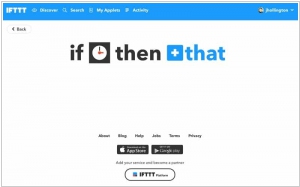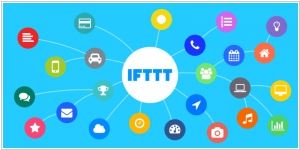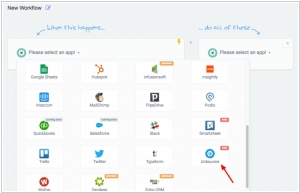Automate.io vs IFTTT
July 23, 2023 | Author: Michael Stromann
6

IFTTT is a service that lets you create powerful connections with one simple statement: If This Than That. Channels are the basic building blocks of IFTTT. Each Channel has its own Triggers and Actions. The this part of a Recipe is a Trigger. Some example Triggers are “I’m tagged in a photo on Facebook” or “I check in on Foursquare.” The that part of a Recipe is an Action. Some example Actions are “send me a text message” or “create a status message on Facebook.”
Automate.io and IFTTT (If This Then That) are both popular automation platforms that enable users to create connections between different apps and services. Automate.io focuses on business and productivity use cases, offering a wide range of app integrations and advanced automation features tailored to businesses and organizations. It allows users to build complex workflows with conditional logic and data mapping for seamless data transfer between apps. On the other hand, IFTTT is geared more towards personal automation and IoT (Internet of Things) applications. It excels at simple, one-to-one app connections, utilizing trigger-action sequences known as applets. IFTTT is user-friendly and widely adopted for home automation, smart devices, and lifestyle-based automations.
See also: Top 10 Cloud Integration software
See also: Top 10 Cloud Integration software
Automate.io vs IFTTT in our news:
2018. IFTTT raised $24M from Salesforce

IFTTT, the cloud integration service, has secured an additional $24 million in funding to expand its operations further into domains like enterprise and IoT services. Currently, IFTTT boasts a user base of 14 million registered consumers. Notable companies such as Google, Microsoft, Amazon, Twitter, BMW, Samsung, IBM, MyQ, and Verizon have all benefited from IFTTT's scripts. Despite facing competition, IFTTT has experienced growth by focusing on niche actions between applications and devices. These actions are often created by both platform users and companies themselves, filling gaps that may not be addressed elsewhere due to companies not having direct integrations or the actions being highly specific in nature.



